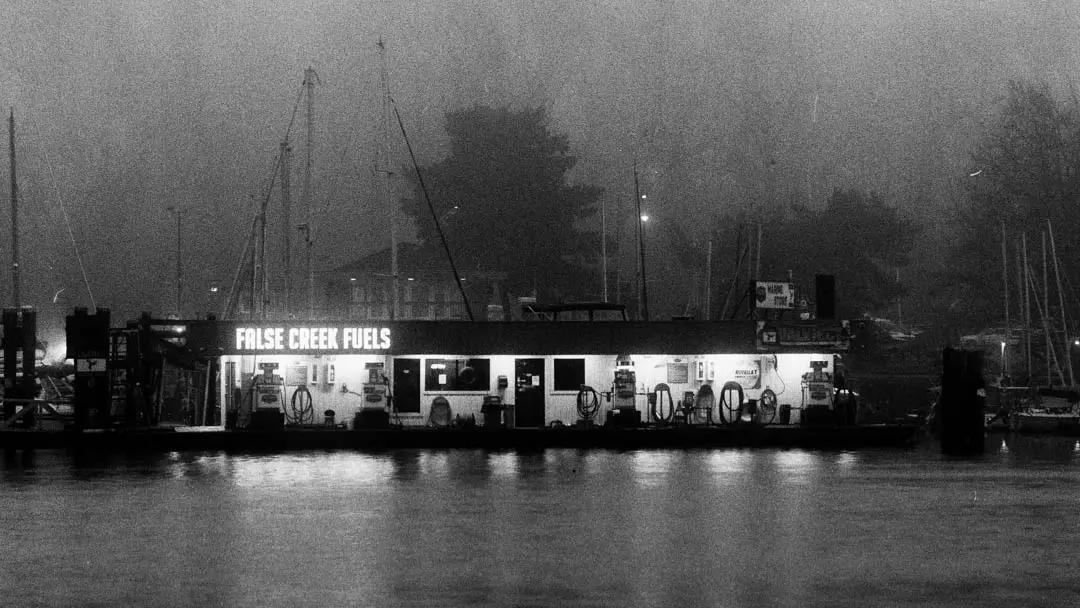At the time of writing this review, I just finished my most recent color film bender. Like many film photographers this year, I have been trying to recover my savings from the latest film price hikes.
So finding a 3 pack of Lomo Lady Grey seemed like a perfect opportunity to keep shooting without breaking the bank. This film is sold between $18-$25 for a 3-pack, depending where you’re from, making it an affordable and fun black and white film
Lomography Lady Grey is a 400-speed, classic-grained black and white film. The affordable film has an overall pleasing, grainy profile with moderate contrast and sharpness, but isn’t the most pushable black and white film on the market. Lomo Lady Grey is perfect for use as an everyday film stock.
After shooting a number of rolls of Lady Grey, I’ve been pleasantly surprised by how good the results are. I’ve shot around 8-10 rolls of this film in the last little while, and have been impressed by the look of the film in 120 format. The only downside is that it doesn’t push as well as other film stocks that come in around the same price point like HP5.
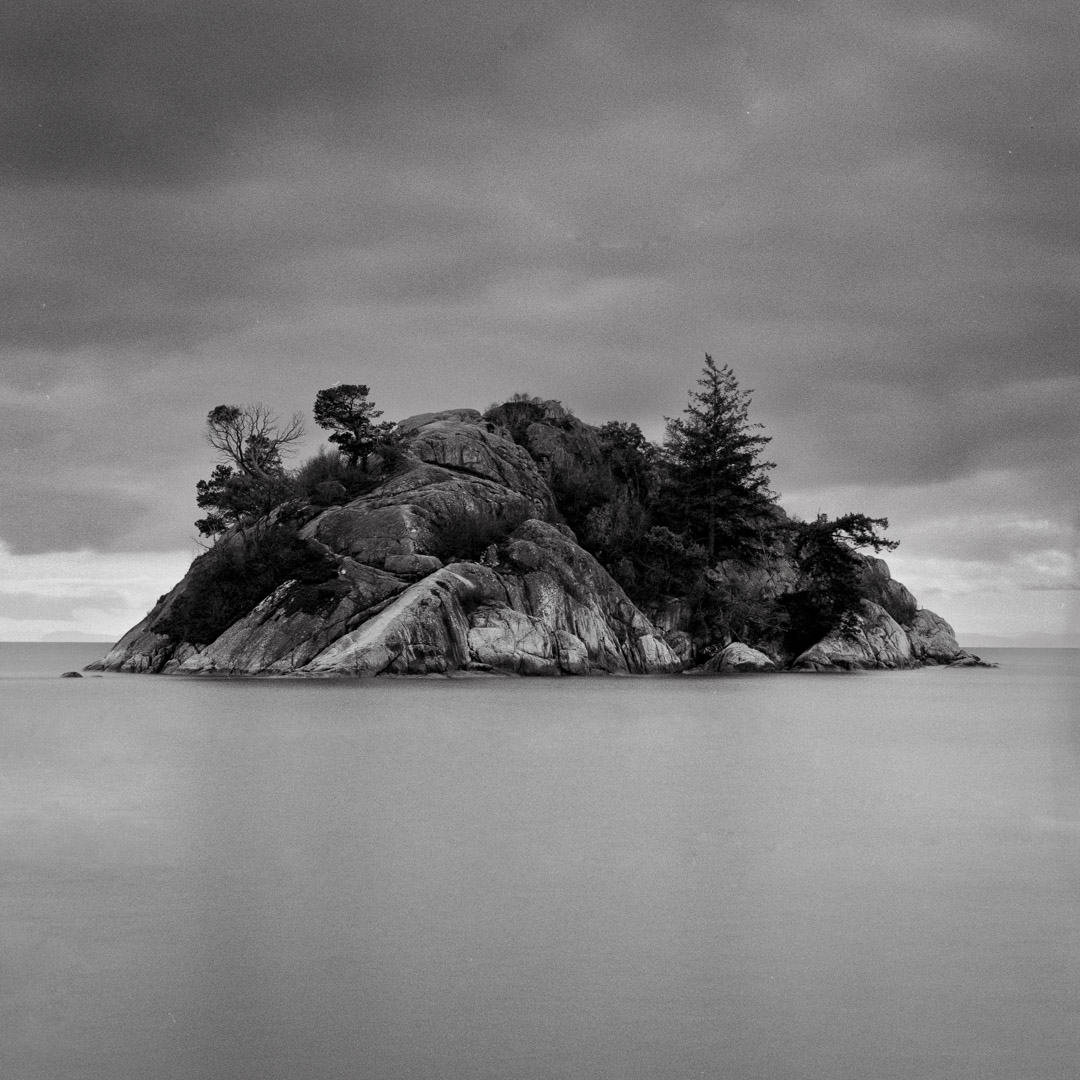
Made in Czech Republic
Lomography Lady Grey comes with a label on the side of the box noting that it’s made in the Czech Republic, meaning it’s most likely Fomapan 400. While I wouldn’t put it past Lomography to have a film manufacturing facility in the Czech Republic, there are a few other clues that point to Fomapan as the original manufacturer.
Another clue comes from the color of the antihalation dye that washes off when pre-soaking the film before developing. The water pours out a bright cyan color, while Ilford pre-rinse usually comes out dark blue, and Kodak’s. a dark green. The bright cyan color that pours from Fomapan 400 is very distinct — I haven’t seen a single other manufacturer with a pre-rinse that pours out that color.
And if that’s not enough, the 120 film comes packaged in the same labelless, thick white sleeves lined with tin. These are only meant to keep moisture away from the film, so they don’t serve a unique purpose. But beware, if you lose the boxes, you won’t be able to tell them apart — an especially dangerous notion if you mix them up with the ISO 100 or 200 varieties.
But the only way we could ever know for sure what film stock is used to make Lomo Lady Grey is if they were to publish a technical data sheet — something Lomography has never done.
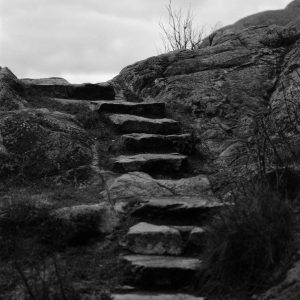
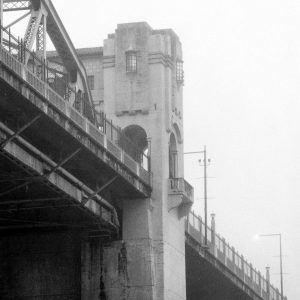
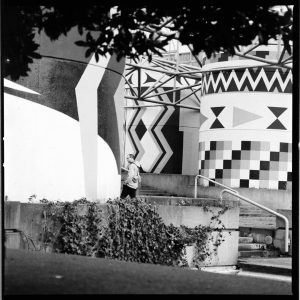
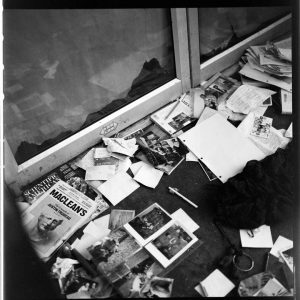
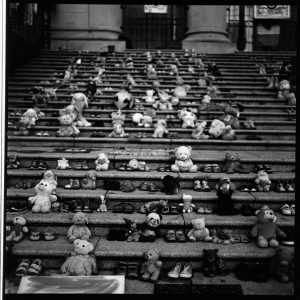
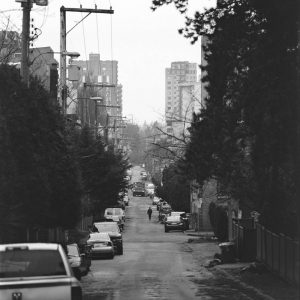
An every-day kind of film
When you need an everyday film for walking around and taking random photos, Lomo Lady Grey is a fantastic option. At ISO 400, it’s able to work in a large variety of lighting scenarios. In full sun, you can stop down the aperture to f/16 and shoot as 1/500th of a second and create perfectly-exposed images.
But it will also be a great film for taking photos indoors or in the shadowy-forests, where the 400-speed will allow you to use a fast-enough shutter speed to hand-hold the camera.
I personally love using ISO 400 film for this exact reason. If there’s any ISO 100 or 200 film in my storage, it only comes out when there is a specific photograph in mind that needs a higher resolution.
But the case for Lomo Lady Grey is the price point. I have no problem experimenting with this film, taking shots that I wouldn’t normally take for fear of wasting film. Lady Grey will capture anything you throw it without question — it’s the jack of all trades.
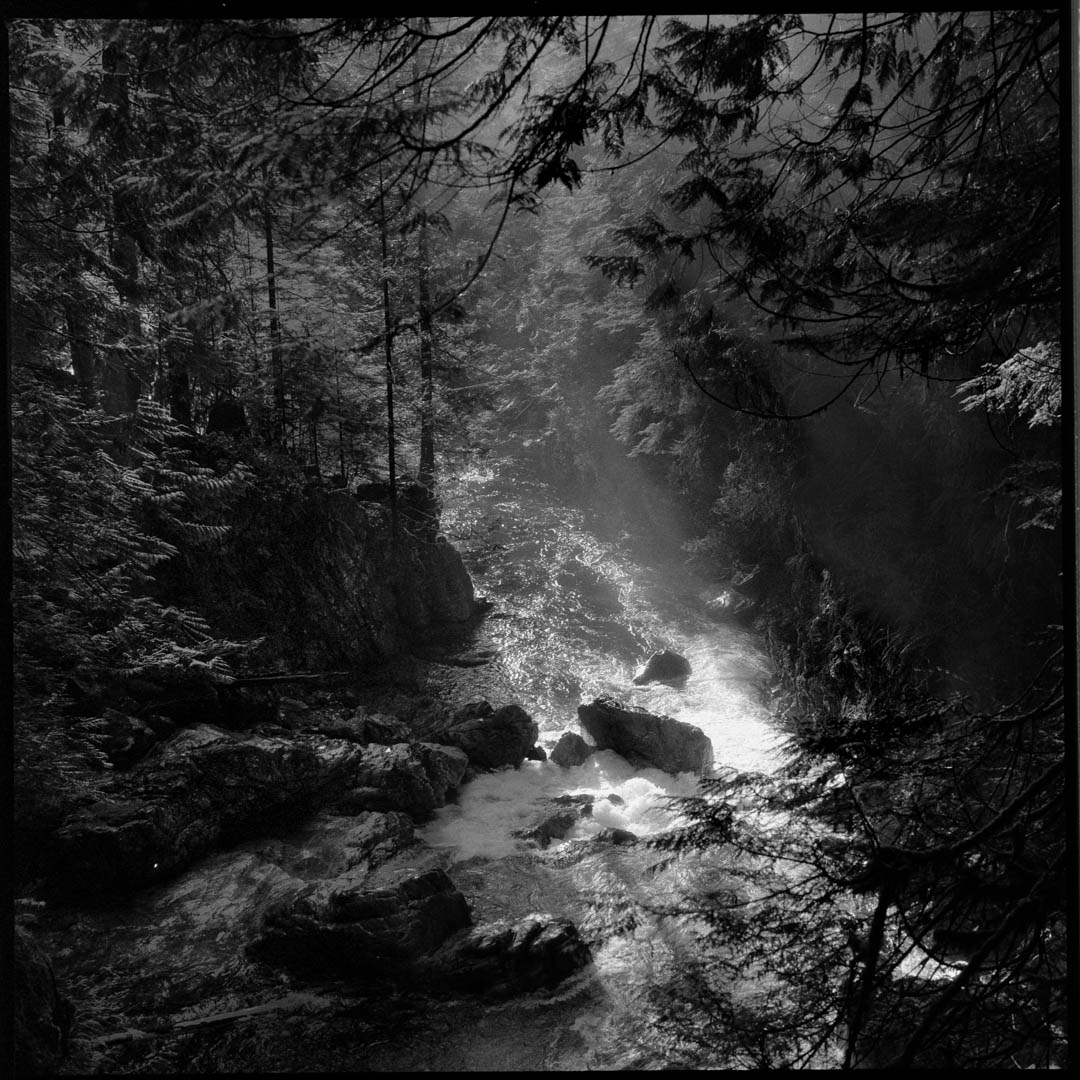
Incredible dynamic range
The film also has a surprisingly-large exposure latitude when exposing for the shadows. Lady Grey 400 captures a wide-range of information, making it particularly well suited for scanning, where you can pull the maximum amount of information out of the negative.
I shot this film on the Lynn Canyon suspension bridge in North Vancouver, where the canyon was particularly dark and the sky above was extremely bright. The film was able to handle all of the variation in light extremely well, and I came away with some excellent shots.
The film is also pretty cool in low-contrast environments where you get to really see the grains and moodiness of this film. It doesn’t have an extended IR sensitivity, so it won’t cut through the fog like Japan Camera Hunter StreetPan 400, but overall, it’s one that I’m happy to have in my bag if the off chance the fog rolls through.
Film developer recommendations for Lomo Lady Grey
This film isn’t too contrasty, and doesn’t have significant grains that need to be tamed. So Lomo Lady Grey is best used with developers like HC-110 (Dilution B) or Rodinal for everyday photography in full sun. HC-110 will bring out a little bit of grit and contrast, while Rodinal will make this film the sharpest it can possibly be.
When you need more dynamic range, you’ll want to use a compensating film developer that bring out more shadows. There’s no better film developer for bringing out shadow details than Microphen, but if you’re looking for a liquid developer, then there’s no better place to go than either Flic Film’s Black, White, and Green or Ilfotec DD-X.
I personally wouldn’t use film developers like Ilfotec ID-11 or D-76, as these will reduce the edge sharpness of the film beyond what most people are looking for.
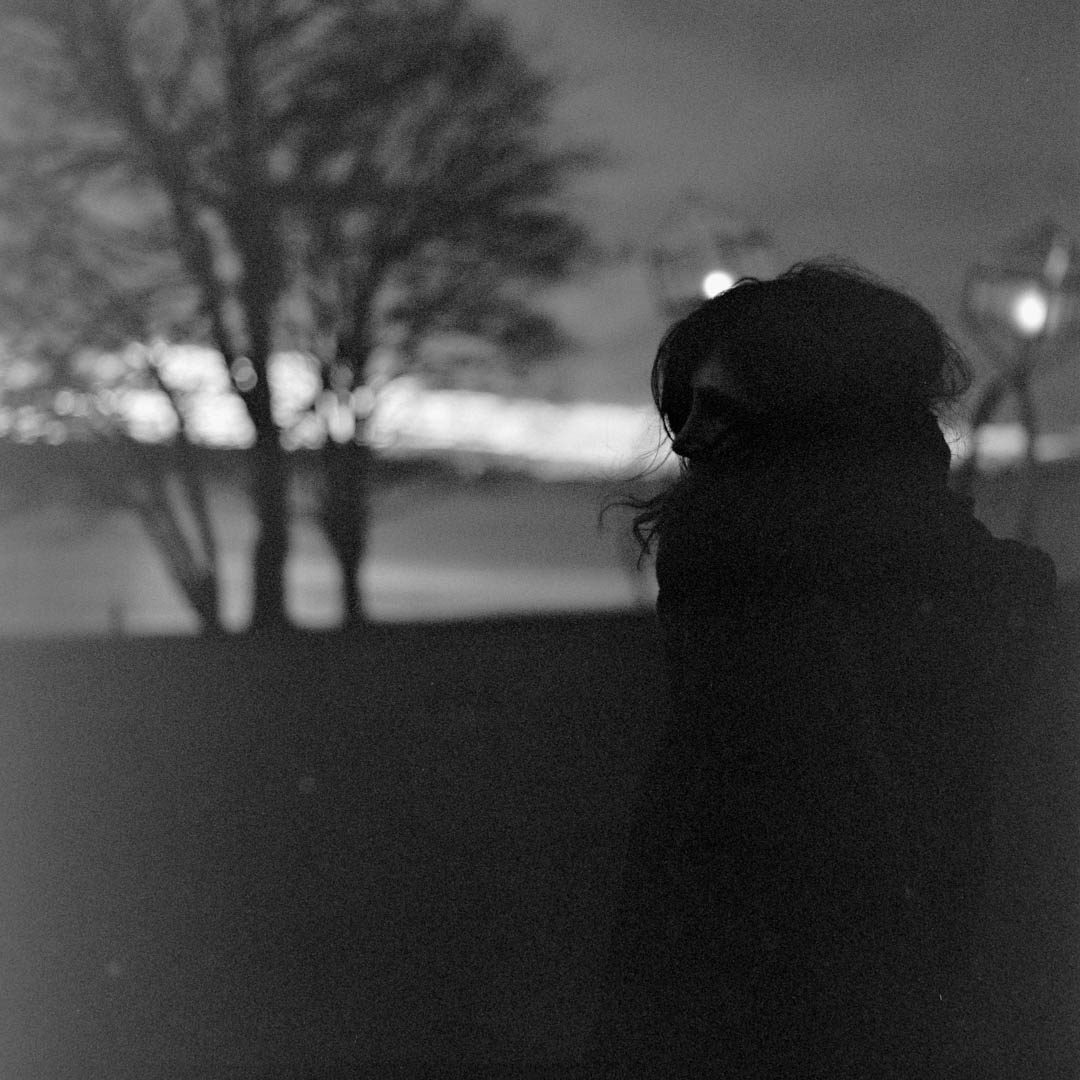
Does not push well beyond ISO 1600
The one downside of this film is that it isn’t as good as others for pushing. It will push to ISO 1600, but beyond that it starts to fall apart.
I used a Rodinal stand development for an hour and a half in the images above, which should be able to push the film as far as it’ll possibly go. But at that level, it just lost all tonality and resulted in extremely thin negatives.
My recommendation is to give this film as much light as possible. Some people suggest it’s really only an ISO 320 film, which doesn’t make much of a difference, though it does make pushing a little more difficult.
Keep it around ISO 800 or lower for any kind of shoots that have value to you, though it’s worth pushing if there are some interesting details in the highlights of an image you’d like to create.
Learn more about how to push and pull film, including how to use stand development for large pushes in this article.
Thin base makes the film extremely curly
The last issue that I have with this film is that it has an insane curl to it. The acetate base is thin, and curls like crazy in the middle.
When drying film, I always run hot water in the shower and then leave it to hang in the sauna-like environment to dry. But even that process, which de-curls nearly every other film, isn’t enough for Lomo Lady Grey (Fomapan 400 has the same problem, fyi).
When scanning, these curls need to be tamed to get a good negative. The Essential Film Holder does a decent job of taming this film, but I wouldn’t trust it in the Epson V550 or V600 without being tamed for a week or two under a heavy pile of books.
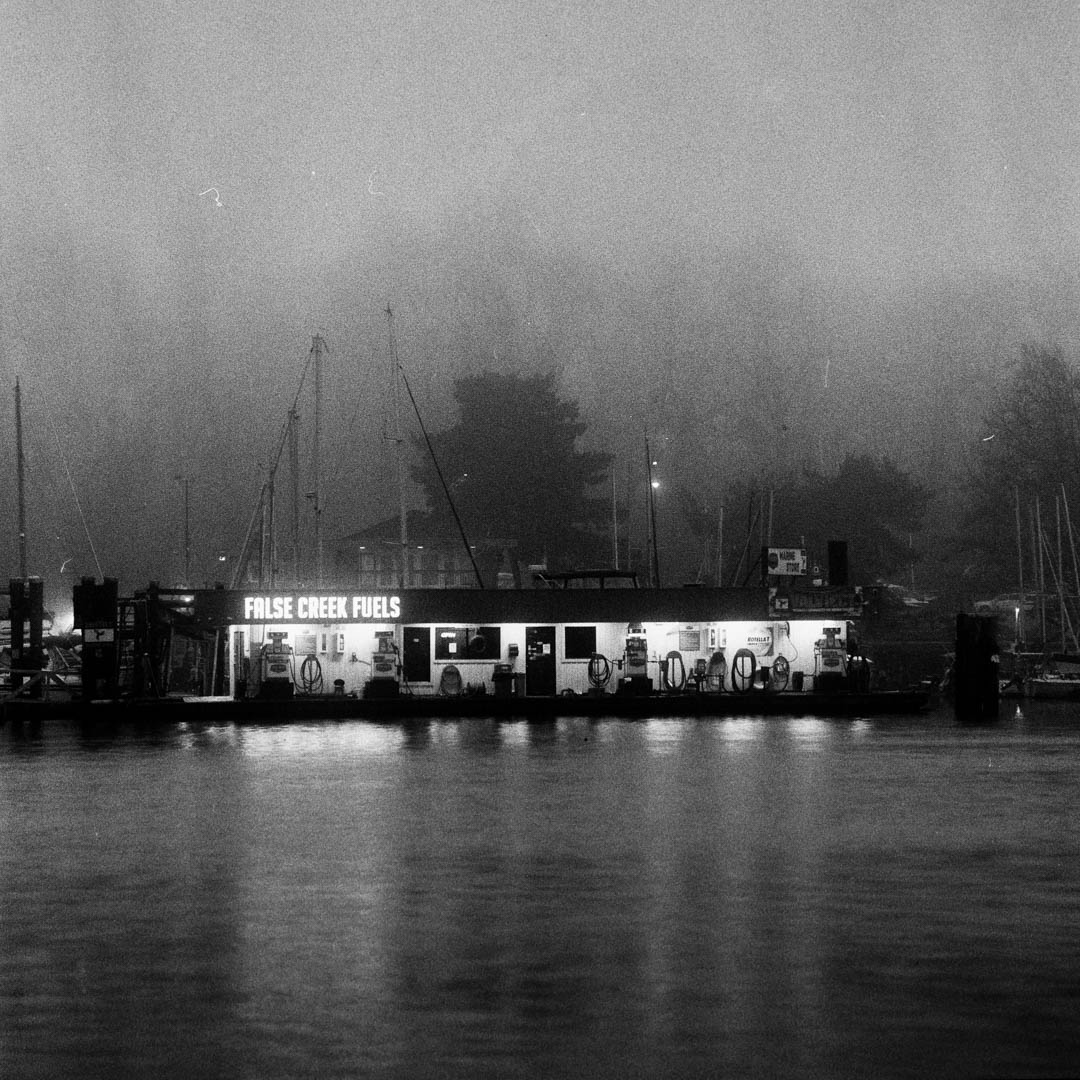
Final thoughts
I shoot Lomography’s Lady Grey in the same way that I do Kentmere films. This is the film that’s always in my bag whenever I don’t have a specific shot in mind. It’s the kind of film that you shoot through a single adventure so that you make sure to capture every moment on a single sheet of film.
That said, if I have a project or a paid photo shoot coming up, Lomo Lady Grey isn’t the first film I’d pick up. Lady Grey is like a good lager — it’s meant to be the kind of film that’s fun, unpretentious, and something that everyone is going to love when the mood strikes.
It’s not the sharpest film, and it’s far from the best for shooting in low light, but when you want to just go out and shoot, there’s no better film to have in your bag than Lomo Lady Grey.
Have you shot this film before? What have been your first impressions? Let me know down in the comments below! I always love to hear what the community has to say about these awesome film stocks.

By Daren
Daren is a journalist and wedding photographer based in Vancouver, B.C. He’s been taking personal and professional photos on film since 2017 and began developing and printing his own photos after wanting more control than what local labs could offer. Discover his newest publications at Soft Grain Books, or check out the print shop.

